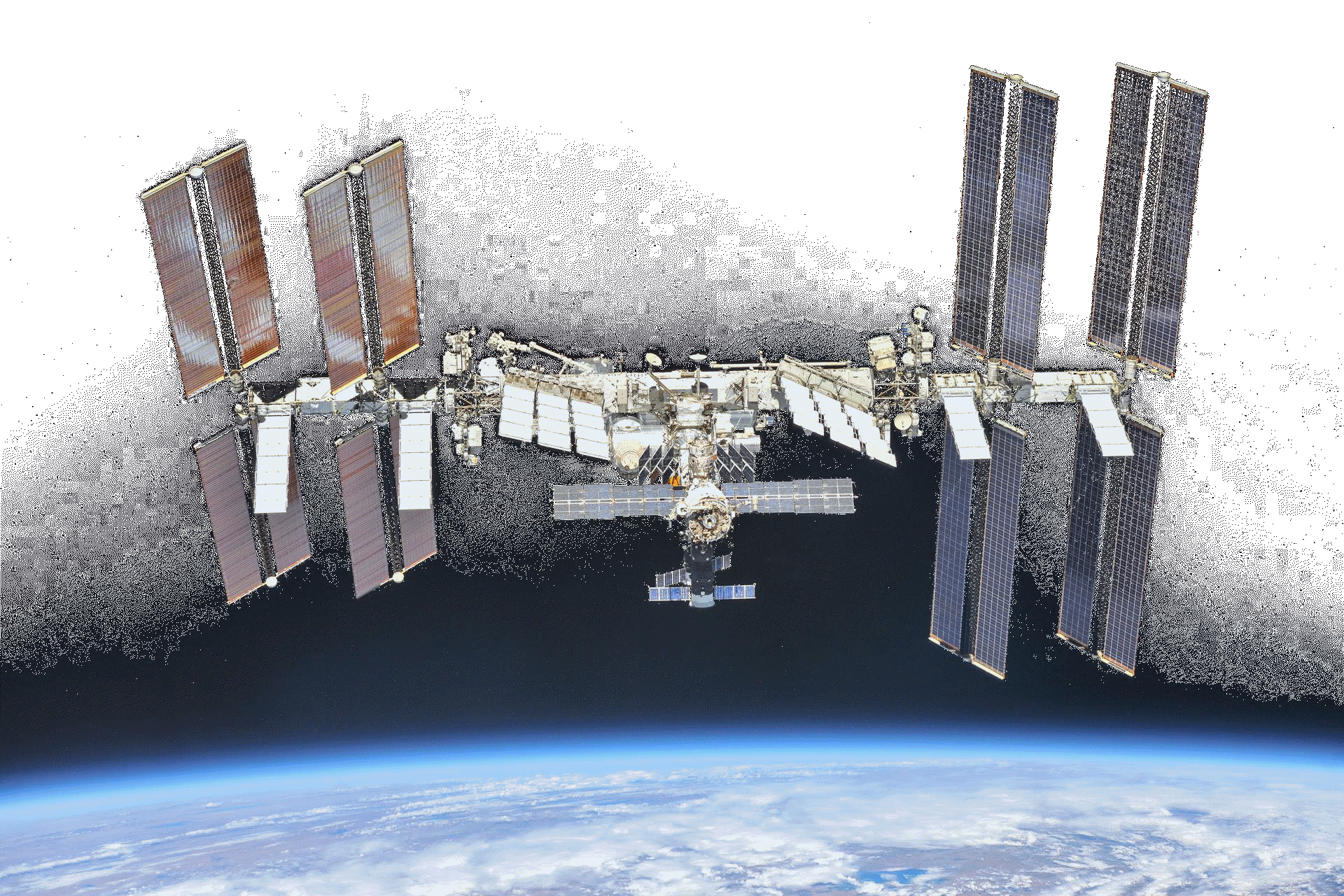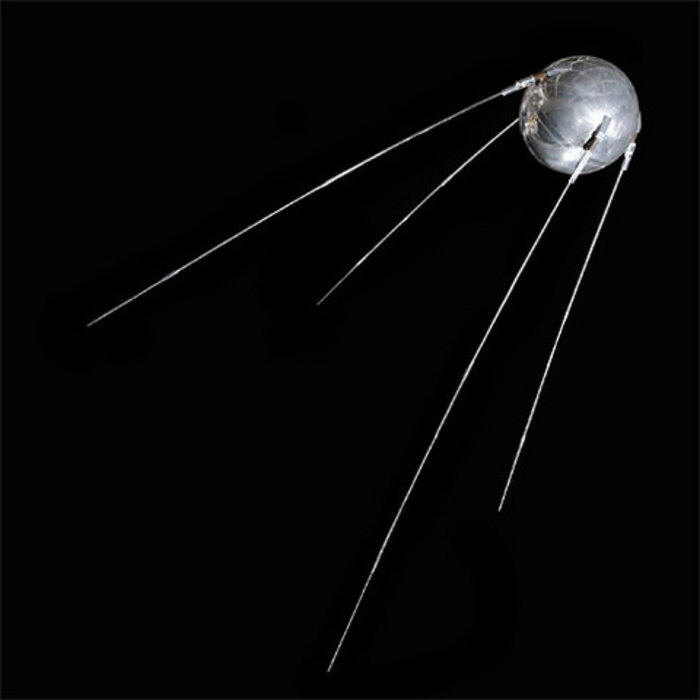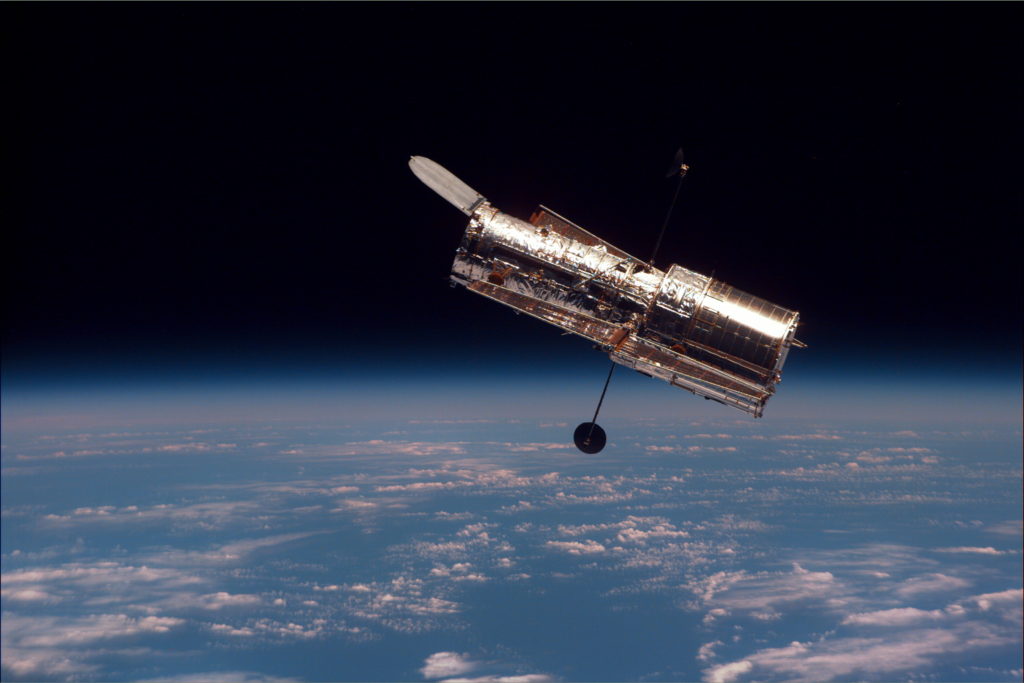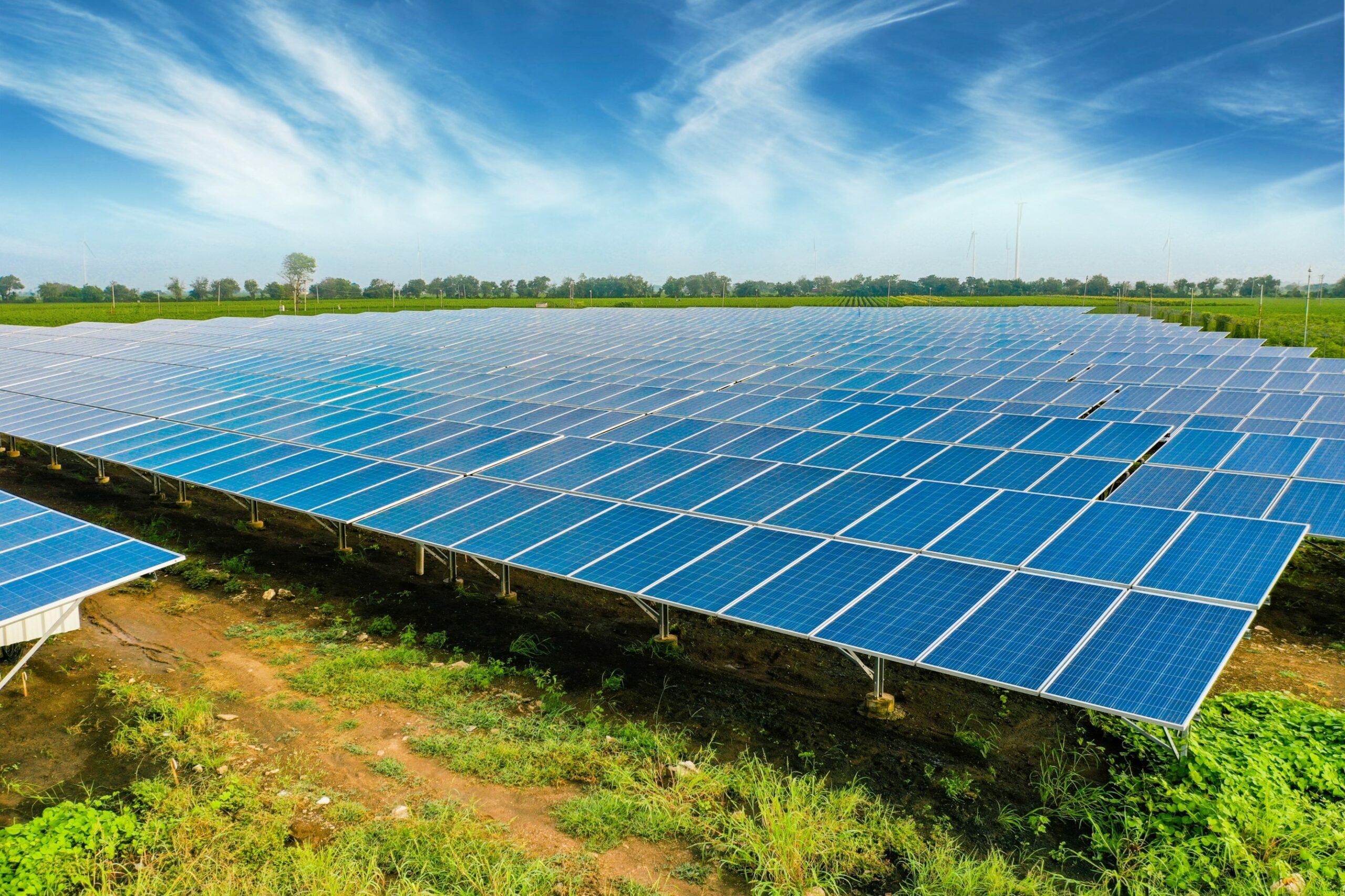Technological Advancements
Space exploration programs led to many discoveries by theorists,
experimenters and companies who were and are still willing to fund
them. Though NASA digressed in their efforts to make further trips
to even further distant planets due to the lack of technology, they
still had ideas for furthering long-term space exploration. For
example, the creation of the International Space Station, which has
been in orbit and has been used since Russia and the U.S. launched
and attached its station pieces in 1998. The first crew members
docked and entered on November 2, 2000 (Mifflin, 2004, p. 1) and
have been occupied ever since by numerous people of over 15
nationalities. Majors of many sciences, arts, and humanities who
were highly trained and exclusively selected have had the
opportunity to fly out, stay for extended periods of time, and
experiment at the International Space Station. Over the decades, the ISS has met many new people with new experimentations to run,
upgraded with the newest materials, technology and necessary
survival supplies and with advancements made every day, the hope is
that the station will stay in orbit for as long as they can keep it
updated and maintained properly. Recently, contracts as high as
$1.18 billion have been struck with Boeing to improve performance
and incorporate efficiencies of modern day on the hardware and
software of the station as its importance to the future of human
spaceflight continues to grow (NASA, Boeing Extend International
Space Station Contract, 2015).
over 15
nationalities. Majors of many sciences, arts, and humanities who
were highly trained and exclusively selected have had the
opportunity to fly out, stay for extended periods of time, and
experiment at the International Space Station. Over the decades, the ISS has met many new people with new experimentations to run,
upgraded with the newest materials, technology and necessary
survival supplies and with advancements made every day, the hope is
that the station will stay in orbit for as long as they can keep it
updated and maintained properly. Recently, contracts as high as
$1.18 billion have been struck with Boeing to improve performance
and incorporate efficiencies of modern day on the hardware and
software of the station as its importance to the future of human
spaceflight continues to grow (NASA, Boeing Extend International
Space Station Contract, 2015).
However, the ISS is one of many technologies that have been created and evolved from the space program's early years. Satellites such as Sputnik 1 were just the beginning of what a satellite could do for
whoever could send it up and put it into orbit. No longer just a
form of boosting radio signals and collecting data about the
atmosphere's density, satellites have been utilized in both public
and private ways. Satellites now have a multitude of uses, from data
and imaging collection to weather detection and global
communications. However, the most exciting and impactful use for
space exploration has been mounting high-tech telescopes on the
satellites themselves. Most significantly, the Hubble space
telescope was mounted onto a satellite to inspect planets and
distant stars. Sent out in 1990, the
Sputnik 1 were just the beginning of what a satellite could do for
whoever could send it up and put it into orbit. No longer just a
form of boosting radio signals and collecting data about the
atmosphere's density, satellites have been utilized in both public
and private ways. Satellites now have a multitude of uses, from data
and imaging collection to weather detection and global
communications. However, the most exciting and impactful use for
space exploration has been mounting high-tech telescopes on the
satellites themselves. Most significantly, the Hubble space
telescope was mounted onto a satellite to inspect planets and
distant stars. Sent out in 1990, the
 Hubble space telescope has
revealed faraway solar systems, galaxies and black holes
(Washington: Agence France-Presse, 2019) without the need for human
manipulation or risk to human lives. Discoveries only scientists
have been able to guess at have been confirmed by this telescope,
such as polar ice, clouds of Venus, clearer image of Jupiter's moons
and their shadows, impacts of colliding comets, Saturn's beautiful
rings and so much more (Amherst Media, 2017).
Hubble space telescope has
revealed faraway solar systems, galaxies and black holes
(Washington: Agence France-Presse, 2019) without the need for human
manipulation or risk to human lives. Discoveries only scientists
have been able to guess at have been confirmed by this telescope,
such as polar ice, clouds of Venus, clearer image of Jupiter's moons
and their shadows, impacts of colliding comets, Saturn's beautiful
rings and so much more (Amherst Media, 2017).
 over 15
nationalities. Majors of many sciences, arts, and humanities who
were highly trained and exclusively selected have had the
opportunity to fly out, stay for extended periods of time, and
experiment at the International Space Station. Over the decades, the ISS has met many new people with new experimentations to run,
upgraded with the newest materials, technology and necessary
survival supplies and with advancements made every day, the hope is
that the station will stay in orbit for as long as they can keep it
updated and maintained properly. Recently, contracts as high as
$1.18 billion have been struck with Boeing to improve performance
and incorporate efficiencies of modern day on the hardware and
software of the station as its importance to the future of human
spaceflight continues to grow (NASA, Boeing Extend International
Space Station Contract, 2015).
over 15
nationalities. Majors of many sciences, arts, and humanities who
were highly trained and exclusively selected have had the
opportunity to fly out, stay for extended periods of time, and
experiment at the International Space Station. Over the decades, the ISS has met many new people with new experimentations to run,
upgraded with the newest materials, technology and necessary
survival supplies and with advancements made every day, the hope is
that the station will stay in orbit for as long as they can keep it
updated and maintained properly. Recently, contracts as high as
$1.18 billion have been struck with Boeing to improve performance
and incorporate efficiencies of modern day on the hardware and
software of the station as its importance to the future of human
spaceflight continues to grow (NASA, Boeing Extend International
Space Station Contract, 2015). However, the ISS is one of many technologies that have been created and evolved from the space program's early years. Satellites such as
 Sputnik 1 were just the beginning of what a satellite could do for
whoever could send it up and put it into orbit. No longer just a
form of boosting radio signals and collecting data about the
atmosphere's density, satellites have been utilized in both public
and private ways. Satellites now have a multitude of uses, from data
and imaging collection to weather detection and global
communications. However, the most exciting and impactful use for
space exploration has been mounting high-tech telescopes on the
satellites themselves. Most significantly, the Hubble space
telescope was mounted onto a satellite to inspect planets and
distant stars. Sent out in 1990, the
Sputnik 1 were just the beginning of what a satellite could do for
whoever could send it up and put it into orbit. No longer just a
form of boosting radio signals and collecting data about the
atmosphere's density, satellites have been utilized in both public
and private ways. Satellites now have a multitude of uses, from data
and imaging collection to weather detection and global
communications. However, the most exciting and impactful use for
space exploration has been mounting high-tech telescopes on the
satellites themselves. Most significantly, the Hubble space
telescope was mounted onto a satellite to inspect planets and
distant stars. Sent out in 1990, the
 Hubble space telescope has
revealed faraway solar systems, galaxies and black holes
(Washington: Agence France-Presse, 2019) without the need for human
manipulation or risk to human lives. Discoveries only scientists
have been able to guess at have been confirmed by this telescope,
such as polar ice, clouds of Venus, clearer image of Jupiter's moons
and their shadows, impacts of colliding comets, Saturn's beautiful
rings and so much more (Amherst Media, 2017).
Hubble space telescope has
revealed faraway solar systems, galaxies and black holes
(Washington: Agence France-Presse, 2019) without the need for human
manipulation or risk to human lives. Discoveries only scientists
have been able to guess at have been confirmed by this telescope,
such as polar ice, clouds of Venus, clearer image of Jupiter's moons
and their shadows, impacts of colliding comets, Saturn's beautiful
rings and so much more (Amherst Media, 2017).Other Technological Advancements Thanks to Space
Exploration

- Miniaturized Electronics
- Prosthetics
- Thermal Blankets
- Solar Panels
- Water Purification
- Robotic Surgery
- Cordless Tools
- Fire-Resistant Materials
- And Many More...